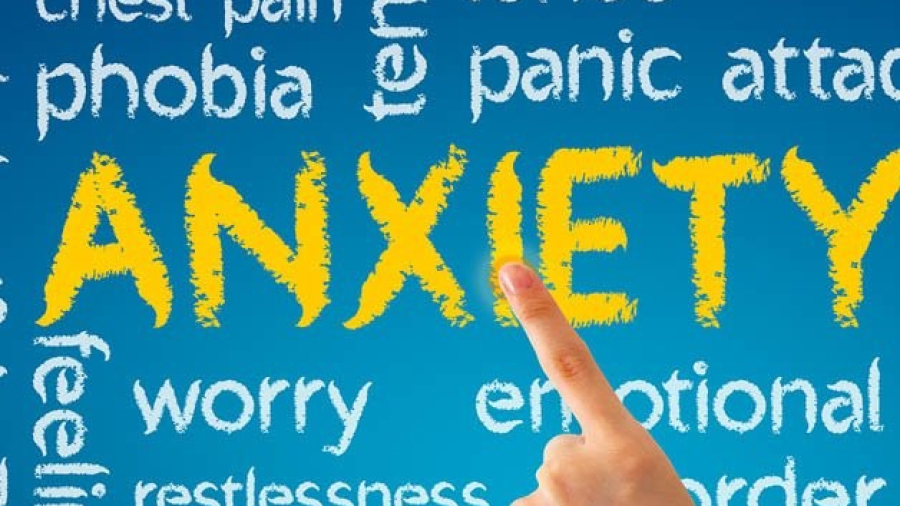Anxiety, a prevalent emotional state experienced by many, can significantly impact daily life and overall well-being. While there are various methods to manage anxiety, positive visualization stands out as a powerful technique. It harnesses the mind’s ability to create and experience scenarios vividly, thereby influencing emotions and behaviors positively. This article explores the concept of positive visualization, its benefits, and practical strategies for integrating it into daily life to effectively reduce anxiety.
Understanding Positive Visualization
Positive visualization is a mental technique that involves imagining positive outcomes, scenarios, or feelings in detail. It operates on the principle that the mind can influence emotions and behaviors by vividly picturing desired situations or experiences. This practice taps into the brain’s neuroplasticity, the ability to reorganize and adapt neural pathways based on new experiences and thoughts.
Visualization techniques have been used in various fields, including sports psychology, therapy, and personal development, to enhance performance, manage stress, and promote well-being. When applied to anxiety reduction, positive visualization offers a proactive approach to managing anxious thoughts and emotions.
Benefits of Positive Visualization for Anxiety Reduction
- Stress Reduction: Engaging in positive visualization helps reduce stress by shifting focus from negative thoughts to positive outcomes or calming scenarios.
- Increased Confidence: Visualizing successful outcomes or situations can boost self-confidence and self-efficacy, making it easier to face challenges.
- Emotional Regulation: It promotes emotional resilience by training the mind to respond more calmly and positively to stressors.
- Improved Focus: Visualization enhances concentration and mental clarity, reducing the cognitive impact of anxiety.
- Behavioral Reinforcement: By imagining oneself coping effectively in anxiety-inducing situations, individuals are more likely to exhibit adaptive behaviors in reality.
Practical Strategies for Using Positive Visualization
1. Identify Triggers and Goals
Start by identifying specific situations or triggers that commonly cause anxiety. These could range from social interactions to work-related challenges. Next, establish clear goals for how you would like to feel or respond differently in those situations.
2. Create a Relaxing Environment
Find a quiet and comfortable space where you can relax without distractions. Consider using soothing background music or aromatherapy to enhance relaxation.
3. Visualize in Detail
Close your eyes and vividly imagine yourself in the identified situation. Engage all your senses: what do you see, hear, smell, and feel? Picture yourself succeeding, feeling calm, confident, and in control.
4. Practice Regularly
Consistency is key to harnessing the full benefits of positive visualization. Set aside dedicated time each day to practice visualization exercises. Over time, it will become easier to evoke positive emotions and sensations.
5. Combine with Relaxation Techniques
Integrate visualization with relaxation techniques such as deep breathing or progressive muscle relaxation. This combination enhances overall relaxation and reduces physiological symptoms of anxiety.
6. Use Positive Affirmations
Incorporate positive affirmations into your visualization practice. Repeat affirmations that reinforce feelings of calmness, confidence, and resilience.
7. Review and Adjust
After each visualization session, take a moment to reflect on your experience. Notice any changes in emotions or perspectives. Adjust your visualization techniques based on what feels most effective for you.
Real-Life Applications of Positive Visualization
- Public Speaking: Visualize yourself delivering a successful presentation with confidence and clarity.
- Social Interactions: Imagine yourself engaging in social situations comfortably, enjoying conversations and connecting with others.
- Workplace Challenges: Picture yourself handling work-related stressors calmly and effectively, achieving desired outcomes.
Conclusion
Positive visualization is a valuable tool for managing anxiety that empowers individuals to cultivate a positive mindset and proactive coping strategies. By harnessing the mind’s ability to create positive mental images and scenarios, one can reduce anxiety, enhance emotional resilience, and improve overall well-being. Incorporating regular practice of positive visualization into daily routines can lead to profound changes in how one perceives and responds to stressful situations. Ultimately, by visualizing success and emotional mastery, individuals can navigate life’s challenges with greater ease and confidence.

